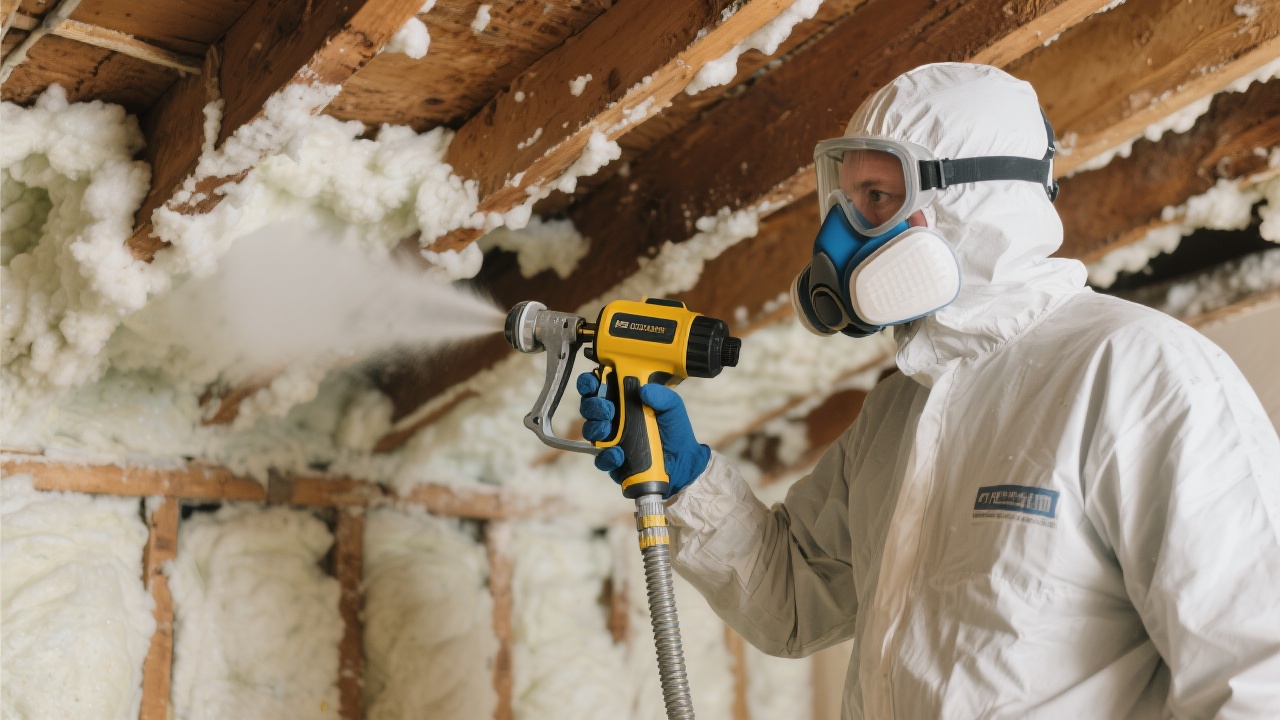Spray Foam Insulation: Is It Worth the Cost for Reading Homes, or Just a Fad?
What is Spray Foam Insulation and Why Are People Talking About It?
If you’ve been searching for ways to make your home in Reading more comfortable and energy efficient, you’ve probably come across spray foam insulation. Sometimes called spray polyurethane foam or SPF insulation, this clever material gets sprayed into walls, lofts, and even under floors – where it then puffs up and sets into a solid barrier. Lots of folk from Reading to Caversham, and further afield in places like London and Manchester, are keen on it because it’s said to do a brilliant job at keeping warmth in and draughts out. But with the higher price compared to traditional insulation, many households are asking “is spray foam insulation really worth it – or just another passing craze?”
Comparing Closed-Cell and Open-Cell Spray Foam
One of the reasons spray foam gets so much attention is that there are two main types, and each one suits different needs. Closed-cell spray foam is dense and rigid, making it perfect for use in places like lofts or garages where you want maximum thermal protection and even a bit of extra structural strength. Open-cell foam, on the other hand, is much softer and spongier – great for soundproofing or gaps that don’t need to be completely airtight.
| Type | Main Use | Insulation Value | Cost per m² |
|---|---|---|---|
| Closed-cell | Lofts, walls, garages | Higher | £40-£70 |
| Open-cell | Interior walls, floors | Moderate | £20-£50 |
Choosing between closed-cell vs open-cell spray foam depends on whether you need top-notch insulation or are happy with something lighter that’s better for noise control.
The Real Benefits of Spray Foam Insulation
The main reason spray foam is so popular in Reading, plus nearby cities like Oxford or Bristol, is because it helps households save on energy bills. When properly installed, spray foam forms an almost air-tight seal. That means less heat sneaks out in winter, and less hot air sneaks in during those muggy British summers. Here are just a few benefits folks have noticed:
- Energy bills drop by up to 20% compared to basic loft insulation
- Homes feel warmer and less draughty all year round
- Mould and damp are kept at bay because of reduced condensation
- Quieter indoors – open-cell spray foam is great for blocking traffic noise
That said, installation should always be handled by professionals, as mistakes can trap moisture or block necessary ventilation.
What About the Costs? Is it Actually Worth It?
It’s true – spray foam insulation cost is higher than fibreglass or rolls of loft insulation. In Reading, installing spray foam normally ranges from £20 to £70 per square metre, depending on the type you choose and the thickness required. For an average semi-detached house, you might pay anywhere from £2,000 to £4,000 for a full loft job.
Here’s a look at the maths:
- Spray foam: £2,500 for a loft (estimated example)
- Traditional insulation (fibreglass): £1,200 for the same loft size
While the upfront price is steeper for spray foam, you could save £200-£400 each year on heating bills. This means many Reading homeowners will break even after 6-10 years, then carry on reaping the savings.
Pros:
- Major energy savings in the long run
- Works well for awkward spaces
- Improves property value and comfort
Cons:
- High upfront cost
- Not easily removed if you change your mind
- Can be tricky with older, listed buildings
Is Spray Foam Insulation a Good Idea for Your Reading Home?
So, is spray foam insulation worth it, or is it just a fad? For many families in Reading, Caversham, and nearby spots like Oxford and Southampton, spray foam has proven itself helpful – especially in hard-to-insulate homes, awkward lofts, or buildings suffering with damp and draughts. If you plan to stick around for a while and want a home that’s warm, quiet and cheaper to run, the cost is often justified.
However, if you’re in a newer home that’s already insulated, or you’re on a tight budget, it might make more sense to stick with traditional options for now. Chat with a local specialist who knows Reading’s climate and building styles – and maybe peek at how things are done in places like Birmingham, Leeds, or Luton if you’re curious to compare.
Still undecided? Give us a ring for friendly advice, or explore our other guides for homes in Reading and across the UK.
